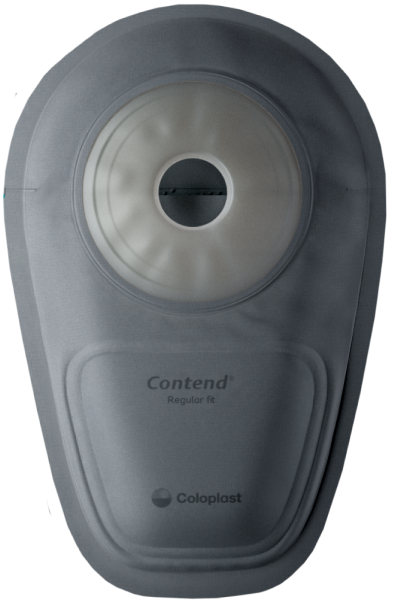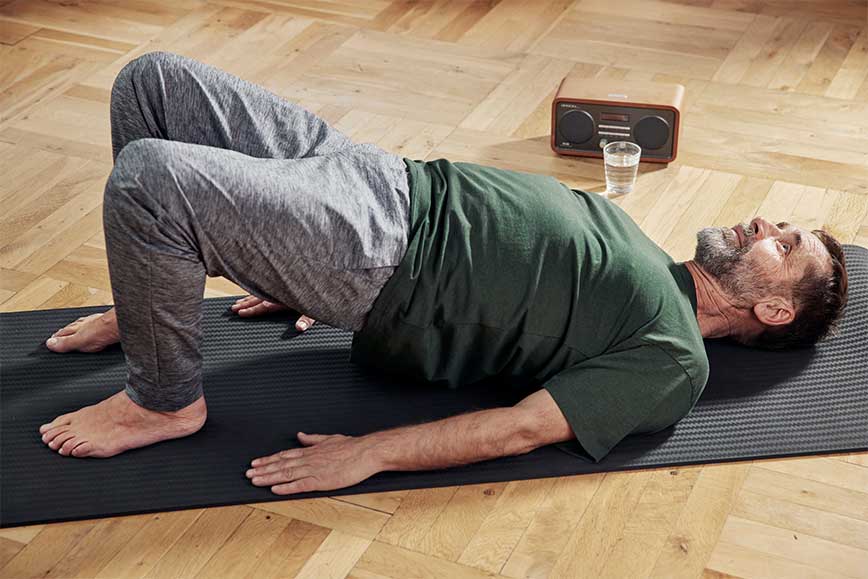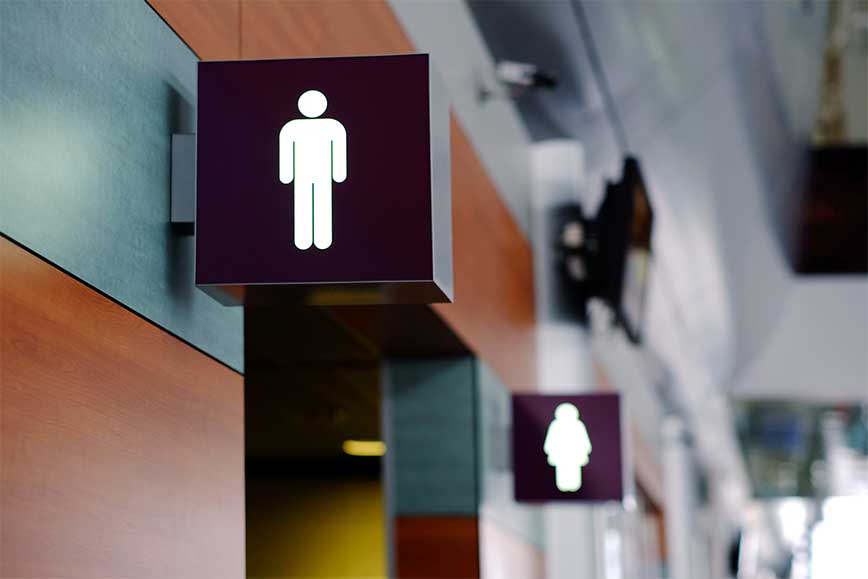You’ve probably asked yourself if incontinence goes away at some point or if it can be cured entirely. An important factor in managing and preventing incontinence is Kegel exercises. When you do Kegel exercises, you strengthen your pelvic muscles which support your bladder and bowel, and this can help you regain control of your bladder and urination. Kegel exercises don't require any equipment and can be done wherever – even when you're sitting in the office, in your car or whilst brushing your teeth. Kegel exercises are considered one of the most effective ways of minimizing incontinence without medication or surgery, so we suggest you give it a try.
Your pelvic floor muscles are the bottom support for your pelvic organs, which include bowel and bladder. These muscles control your peeing, passing of gas and bowel movements (pooping). Urine is kept in your bladder because two urinary sphincters keep your urethra closed by exerting pressure on the urethra. Your pelvic muscles and urethral sphincters maintain this pressure by contracting. In other words, it's important that you keep your pelvic muscles strong to prevent them from losing their ability to contract and consequently, leak urine.
Before starting your Kegel exercises, you need to identify the right muscles and how to activate them. When you're peeing, try stopping the urine stream by contracting your pelvis. The muscles you use for this are the pelvic muscles, which you want to target.
How to do pelvic exercises
Do:
- Contract your pelvic muscles by pulling your genitals in and up towards your navel.
- Contract for 3 seconds, then slowly let go of the contraction and relax for 5 seconds. Repeat this 10 times, at least 3 times a day.
- Build up strength by increasing the number of seconds you contract your muscles. After a couple of weeks, you can contract up to 10 seconds before you relax.
- Try doing Kegel exercises in the bathroom after you urinate to get rid of the last drops.
Don't:
- Hold your breath. Make sure you breathe properly whilst doing the exercises
- Contract other muscle groups such as buttocks or thighs.
You may really benefit from doing these exercises but remember: Consistency is key. As with any other muscle group, they need time to grow stronger. Within a few weeks to a few months, you should be able to feel the difference.
More information about
urinary incontinence
We’ve gathered some information and tips that you might find helpful in understanding and managing incontinence.

When should I use Contend™?
Contend™ is designed for mild to moderate urinary leakage – no matter which type. It absorbs leakage of up to 125 ml – the equivalent of half a cup. Contend™ can be used whenever – whether you prefer to use it on a daily basis or for special occasions where you’d want extra protection, is entirely up to you.




